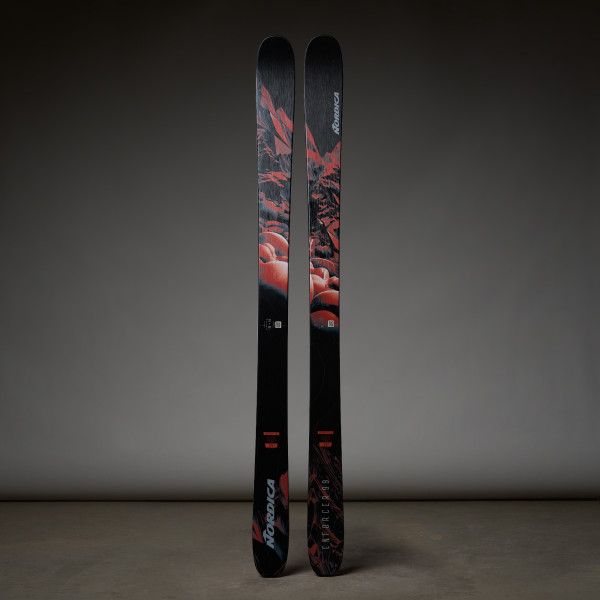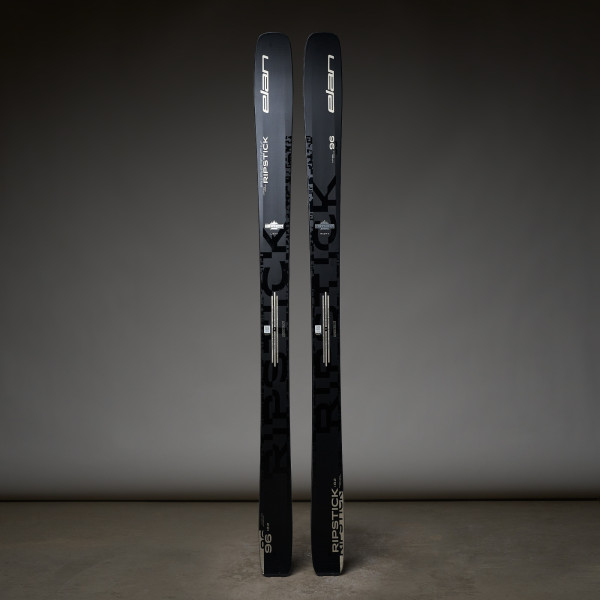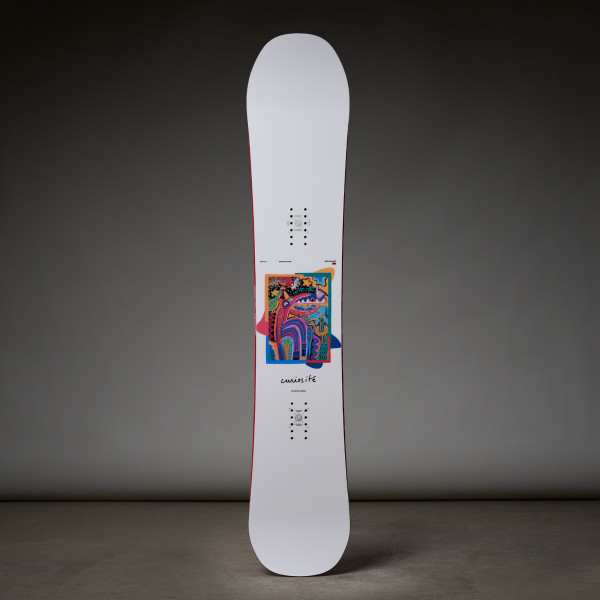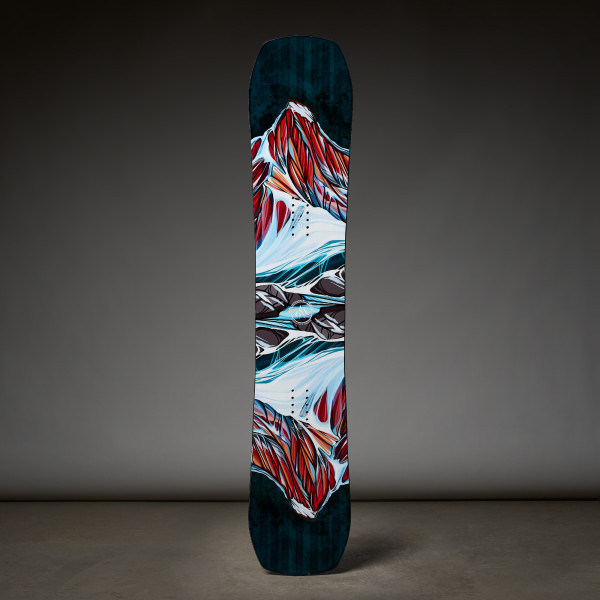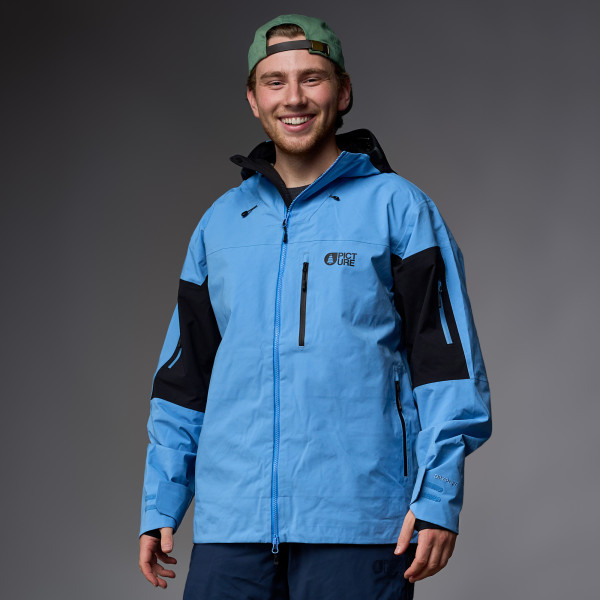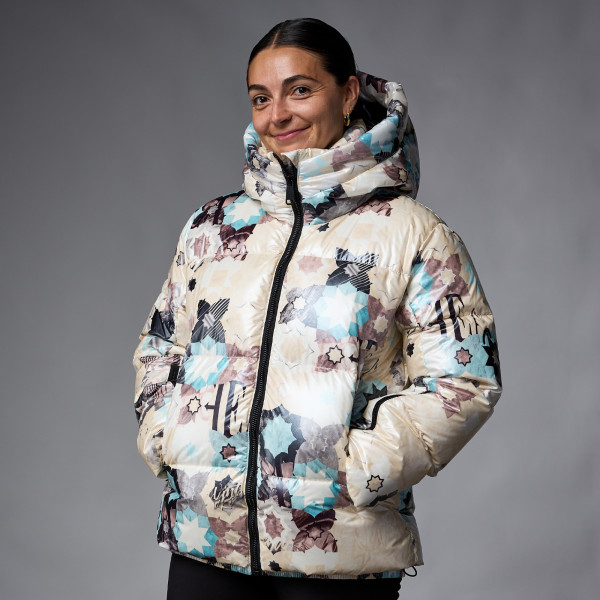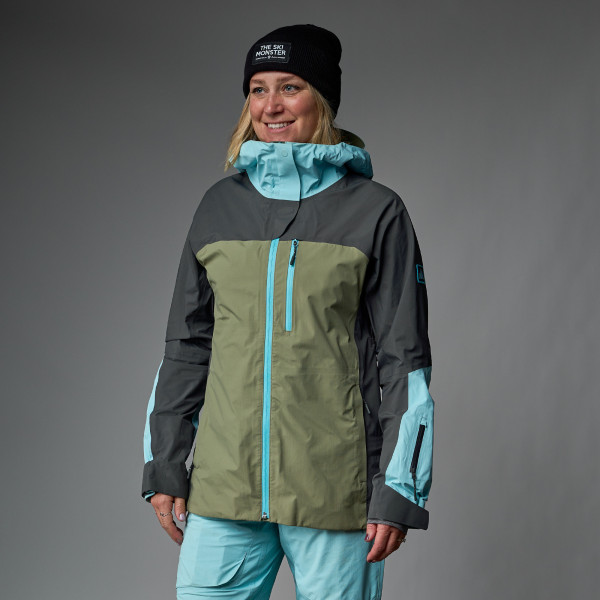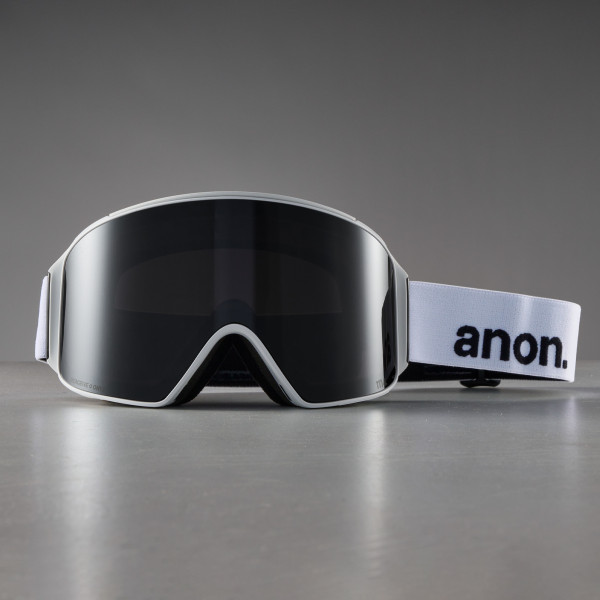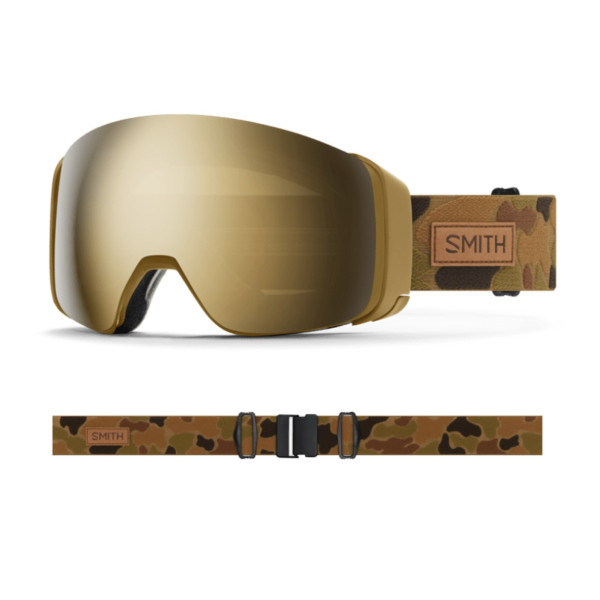Your Shopping Cart
Hot Items
Ski & Snowboard Outlets
Ski Boot Fitting: Flex, Width, Liners, Hike Modes & Shell Design
Posted November 1, 2019 @ 2:55pm | by George Michaelsen
The purpose of this blog, is to clear up some misconceptions about ski boots. There is a tremendous amount of incorrect information on the internet and a lot that just scratches the surface on the most important piece of ski equipment, the boots. Much of the information in this post goes WAY beyond what the veteran shop employee/manager/owner or above average customer service rep knows. This is what you need and want to know about ski boot design, construction and technology.
It all started in Montebelluna
Montebelluna, Italy located about 40 miles Northwest of Venice is where ski boot design began. Prior to being known for footwear, Montebelluna was home to a great many sculptors. In order to produce lasts for any piece of fine footwear, you need – you got it, sculptors. Wooden lasts were shaped to make the first leather shoes and the first generation of ski boots. When ski boots went from leather to being injected with plastic not much changed, sculptors still were shaping the aluminum molds that would be producing the first plastic ski boots. Montebelluna is home to most technical footwear companies, it is still the mecca of ski boot design and manufacturing.
As skis and skiing styles have changed over the last several decades; boots have evolved quite a bit as well.
- Ski Boot Flex:
Common Question: What is the Flex Index on a Ski Boot?
Flex Index didn’t really exist until the first generation Nordica SpeedMachine 8, 10, 12 and 14 which would later evolve into 90, 100, 120 and 140 – the higher the number, the stiffer the boot. Prior to this, more expensive boots were usually if not always, stiffer. Nordica basically created the idea for Flex Index in that SpeedMachine series. When boot manufacturers produce a boot for testing, the flex testing process it not as scientific as you might think, or brands make it seem. It’s more like ‘does this feel like a 130? ok, cool -- we’re good’. If it feels too soft or stiff they’ll make adjustments in the materials it’s being made out of to make it more accurate/true. ← Seriously, when we go to test proto type ski boots with product guys, that’s how it goes.
- How do they change Ski Boot flex from model to model, for instance Mach1 100 to Mach1 130?
The shells are injected with different TPU (thermoplastic polyurethane) blends. The more elastomers in a PU the softer the flex, the fewer elastomers the stiffer the flex. If you are in a Mach1 100 MV 26.5 that boot comes out of the EXACT same mold as the Mach1 130 MV 26.5. So when it’s time to manufacturer a different flex, manufacturing shuts down, the mold is cleaned, then the next model is injected.
- How do the pins on the spine (back) of the boot’s cuff affect the ski boot’s performance?
The power of an overlap or 2 piece ski boot comes from the spine of the boot. By adding a rivet or two to the spine, you are essentially bolting the top cuff to the lower shell. More rivets creates more rigidity – it’ll feel stiffer. But whats really changing, is the boot is going to have more rebound. If you feel like your legs (quads) are getting more sore then you think they should, having some more rebound might help you out.
A boot with no rivets in back is going to have less rebound, we can always rivet the lower and upper together – every once in a while we do this. If you’re in an overlap ski boot with a walk/hike mode, it will have less rebound than it’s fixed cuff alpine relative – think Lange XT vs RX.
- How does the performance of a 2 piece overlap boot design compare to a 3 piece cabrio boot design?
In an overlap ski boot, the power comes from the spine. In a cabrio design, the cuff movement is dependant on the stiffness of the tongue – if you took the liner out of a cabrio boot you could move the cuff fore and aft more easily than in an overlap boot. This is because 3 piece shells dont have pins in the back. The tongue also provides the rebound, so swapping out tongues is how rebound is adjusted. In an overlap boot the shell (lower part of the boot) bulges when the boot is flexed forward a.k.a deformation. In a cabrio boot the tongue deforms. Because there is significantly less bulging in cabrio boots, people can get rubbing on their ankle bones which would require some additional boot work (punching/grinding). But because there is way less bulging, cabrio shells can be better for higher/bonier insteps.
Which is better/superior overlap or cabrio?
There is no answer for that, it’s skier preference. What we can say is that Dalbello has 3 piece boots figured out, they are new to the overlap game. Everyone else has been doing overlap forever and can’t figure out 3 piece boots like Dalbello did. (Nice work Dalbello)
This is not to be confused with 3 buckle vs 4 buckle ski boots. Some 3 piece boots have 4 buckles, most have 3. Most 2 piece boots have 4 buckles, some have 3. The performance issue can be having a 2 piece boot with only 1 big buckle on the cuff – it has less rebound and doesn’t drive as much energy to the skis. But man are they easy to put on.
Why do 3 piece boots feel softer in flex than 2 piece ski boots?
On a 3 piece ski boot the hinge point is lower than on a 2 piece ski boot, giving the skier more leverage, more leverage means you have more power to flex the boot.
- Does the last (width) of a ski boot change as size increases or decreases?
Yes, this is one of the biggest misconceptions in ski boots. Generally people with longer feet have wider feet and vise versa, so it makes sense that ski boot width would change depending on length. The published last of a ski boot is for 26.5 only – all brands. When a new boot is being designed the first size produced is a 26.5, the rest of the molds are created mathematically based off of the 26.5. For instance the last of a Lange RX 120 is 100 mm – again that’s for 26.5 only – as you go up in shell size the width increases by 2 mm. So the last of a 29.5 RX 120 is going to be 106 mm, in a 24.5 it’s 96 mm. Even if it says 100 mm on the boot, it’s only 100 mm in for a 26.5. All ski boot manufacturers are darn close to increasing last width by 2 mm. If you want to get super technical, Nordica changes width by 2.3 mm per size.
- How do manufacturers test ski boots?
Not all ski boots are tested equally:
-- A stiffer all-mountain ski boot like the Nordica SpeedMachine 130 takes into account in order; Performance, Weight and Comfort.
-- A World Cup Race Boot, like the Dobermann 150 takes performance into account, only. It’s about being capable to drive stiff race skis with little sidecut on ice. It’s not about being comfortable. Boots like this are built to make the skier as fast as possible in the race course.
-- An alpine touring boot, like the Tecnica Zero G Peak Carbon takes into account; Weight, Comfort and Performance. Now there is performance in being light and comfortable, these are boots that are built with the idea of having them on for days at a time, maybe even a week. The two boots above (World Cup Race and All-Mountain) are two runs in the course to a full day at the resort, the Peak Carbon's are meant for long hut trips being in the boots 8 – 16 hours at a time for a week straight.
-- A rental ski boot takes into account; Durability and Comfort. Rental boots need to be durable, you could drag these things behind your car on I-90 and they’d cross several state lines and still be skiable. As far as comfort goes when they’re new, they’ll be more comfortable, but rentals get used a lot and those liners get broken down – big time.
- How does ramp angle and forward lean affect performance?
It’s all about ankle flexion. If you look at our ski boot pages and look the tech specs, you’ll notice the majority of ramp angles are 4º – 4.5º, but the Advant Edge’s from Head are 5.5º. The more ramp angle you have in a ski boot the less ankle flexion you have. By having less ankle flexion the boots are more comfortable to be in all day – like a true alpine touring boot…. But the skis will be less responsive. For the most part slalom skiers run less ramp, flat to negative ramp angle to make the tip of the ski more responsive, speed event skiers maintain some ramp so the ski doesn’t get too hooky at 70 mph.
Part of the reason taking off ski boots at the end of the day feels so good, is because you’re not being forced to be in an athletic position anymore. 4 degrees of ramp angle and 12 degrees of forward lean is an athletic position. The lack of ramp angle in certain race boots is more athletic, there is more shin angle – being in an athletic position is work. Your muscles are under tension for a long period of time even if you’re just crusing groomers, the first couple of days out are going to make you sore.
In old ski boots (pre 1997), rear entry included; there was significantly more ramp angle in ski boots, more weight was on the heel. Today’s skiing is about using the whole foot. There was less ankle flexion in old school ski boots due to increased ramp angle, there is more ankle flexion now. Skis today respond better to lateral movement than skis of the past, having a flatter stance with more ankle flexion works better with todays skis.
If you are trying to get more performance out of your ski boots, don’t relax your athletic stance by adding a heel lift. If you want to be able to dance on tables at Cloud Nine at Aspen Highlands more easily – go for it. To each their own.
- Grilamid vs. Polyurethane Ski Boots
Grilamid has become a more popular boot material and the reason is it’s lighter than Polyurethane and it’s less affected by temperture too – sick right? The downside to Grilamid is it can feel more ‘tinny’ tin like when skiing on chundery snow, it’s not as damp feeling as PU. Polyurethane provides the best snow feel of all materials tested. High quality polyurethane shells can also be manipulated better than other boot materials, allowing bootfitters to change the fit of your boots effectively.
Grilamid shells also shrink more than Polyurethane after coming out of the mold. So if you take a Nordica Strider 130 which shares the same mold as the Speedmachine 130 – the Strider will actually be a bit snugger fitting all around as far as a shell fit goes, liners differ between the two boots making up for some of the difference. Typically liners in hike/touring boots are thinner than regular alpine boots.
Polyurethane injected boots are also more durable than Grilamid boots. Grilamid shells look beat up much more quickly.
- Are custom foam injected liners worth it?
They can be! Foam injected liners will provide a customized fit and they are extremely effective at filling up voids or taking up volume. Some people also really like the feel of them, the majority of people don’t. The majority of skiers don’t need more volume taken up, they need more volume or are happy with the current amount of volume the stock liners provide. Creating foam injected liners requires excellent communication between the person that’s having their boots injected and the person injecting the boots – a breakdown in communication may cause fit issues.
It’s important to note that custom foam injected liners are not widely used in ski racing, it’s perceived that they are.
- Do after-market liners affect the flex of the ski boots?
Yes, this is actually one of the reasons people go with ZipFit liners. With a Zipfit liner you can construct it to be softer or stiffer flexing – you could make a boot 10 points softer or stiffer with a ZipFit Liner. With an Intuition power wrap liner the boot will feel about 10 – 15 flex points stiffer than with a stock tongue liner. Foam injected liners will also be stiffer than a stock liner.
- How do Lace Up liners affect the fit and performance of ski boots?
They aren’t going to change the flex of the boot, but it will keep the tongue centered on your shin and allows you to buckle up the boot tighter due to they’re being less slop in the liner. If the shell is closer to your foot it’s going to be more responsive. This is why you see racers lace up their liners then put the shells on.
- Is it harder to turn wider waisted skis in a softer flexing ski boot?
Yes, it requires more energy to make a Volkl Mantra bend than an Elan Wingman 82 Ti. The ski boots job is to make the ski bend, stiffer boots transmit energy more efficiently. To bend a ski like the Mantra, you’ll need a 110-ish – 130 flex, for the Wingman 82 Ti you could be on anything from an 90 – 120 flex boot – it’s not an extremely demanding ski but it can hang.
More demanding skis, require stiffer flexing boots for optimal performance.
If you’re looking for a blog on how ski boots are supposed to fit ← click that link.
If you're wondering why your ski boots hurt ← click that link.

